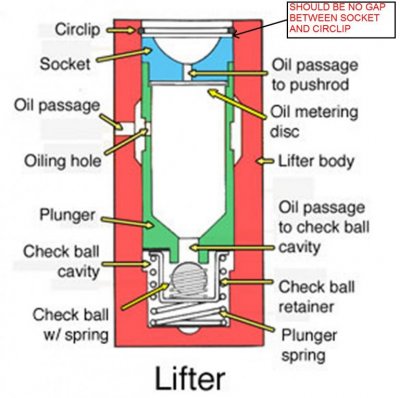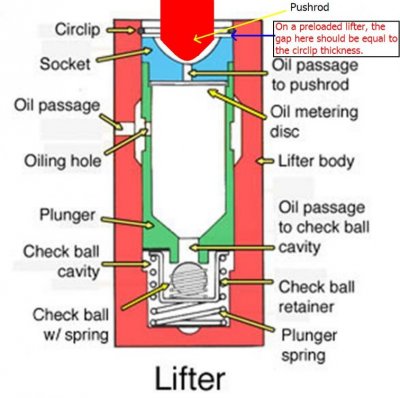GoBucs
Junior Member
- Joined
- Feb 13, 2013
- Posts
- 16
- Reaction score
- 0
- Location
- Laurel, md
- First Name
- Nick
- Truck Year
- 1987
- Truck Model
- K10
- Engine Size
- 350
Sorry if this is in the wrong spot, didn't know where to put it.
truck is an 87 k10 with a 350 tbi. All stock minus headers. sm465.
Just got done replacing a burnt exhaust valve in the number 1 cylinder and now it wont run right. Takes forever to crank and idles rough/stumbles when cold. Once it warms up the truck idles fine. Get it on the road and it almost dies when its put under load. Smells like its running rich. Double checked all my vacuum lines, all are connected and tight, Timing is set to 0 (the correct way with the wire unplugged). Even tried advancing alittle but it didnt help. Plugs, cap, rotor, wires all new. The icm is new as well. Injectors both have a good cone pattern, valves are adjusted correctly. There are no codes whatsoever. This thing has me stumped. I've yet to check fuel pressure, that's probably what ill do next. The o2 sensor being further down on the headers has me thinking that might be part of my cold start issue, but i'm not sure. Any help would be appreciated.
thanks,
Nick
truck is an 87 k10 with a 350 tbi. All stock minus headers. sm465.
Just got done replacing a burnt exhaust valve in the number 1 cylinder and now it wont run right. Takes forever to crank and idles rough/stumbles when cold. Once it warms up the truck idles fine. Get it on the road and it almost dies when its put under load. Smells like its running rich. Double checked all my vacuum lines, all are connected and tight, Timing is set to 0 (the correct way with the wire unplugged). Even tried advancing alittle but it didnt help. Plugs, cap, rotor, wires all new. The icm is new as well. Injectors both have a good cone pattern, valves are adjusted correctly. There are no codes whatsoever. This thing has me stumped. I've yet to check fuel pressure, that's probably what ill do next. The o2 sensor being further down on the headers has me thinking that might be part of my cold start issue, but i'm not sure. Any help would be appreciated.
thanks,
Nick
Last edited:



